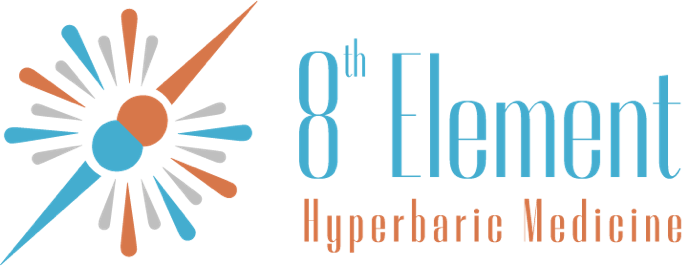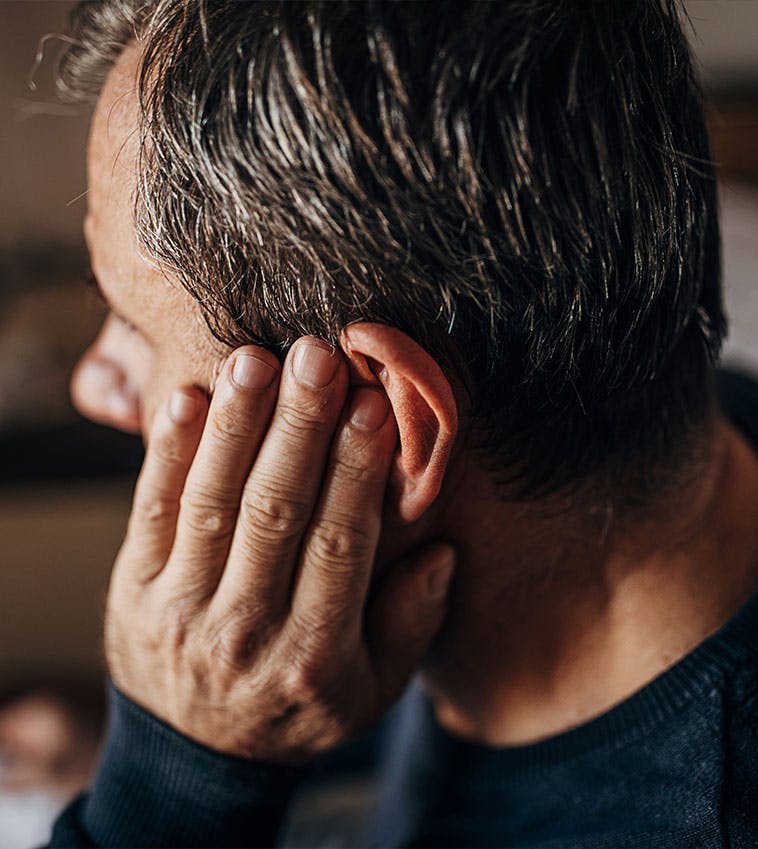If you’ve experienced a sudden loss of hearing in one ear without warning, it can be a frightening experience. You might wake up unable to hear or notice a muffled sound or ringing that wasn’t there before. This condition—sudden sensorineural hearing loss (SSHL)—requires immediate attention.
How HBOT Can Help Sudden Sensorineural (“Inner Ear”) Hearing Loss (SSHL)
Deliver Oxygen to Oxygen-Deprived Inner Ear Structures
SSHL is often linked to reduced blood flow or oxygen supply to the cochlea. In an HBOT session, you breathe 100% oxygen in a pressurized environment, which helps infuse oxygen directly into your bloodstream and inner ear tissues, even in areas with restricted circulation. This oxygenation can revive damaged cells and improve auditory nerve function.
Reduce Inflammation and Swelling in the Auditory System
Inflammation in the inner ear or surrounding nerve pathways can impair sound transmission and worsen hearing loss. HBOT reduces inflammation by enhancing natural anti-inflammatory responses. This may relieve pressure on auditory structures and promote faster recovery.
Enhances the Effectiveness of Corticosteroids
Corticosteroids are the standard initial treatment for SSHL. Studies show that HBOT can work synergistically with steroids, enhancing their ability to reduce inflammation and support nerve repair. When used together within a short window of symptom onset (ideally within two weeks), the chances of hearing recovery are significantly improved.
Stimulate Healing Through Angiogenesis
The cochlea is a highly vascular structure that relies on a constant supply of oxygen-rich blood. HBOT stimulates angiogenesis, or the formation of new blood vessels, to restore oxygen supply to damaged areas. Improved microcirculation within the cochlea supports tissue repair and enhances auditory nerve regeneration.





